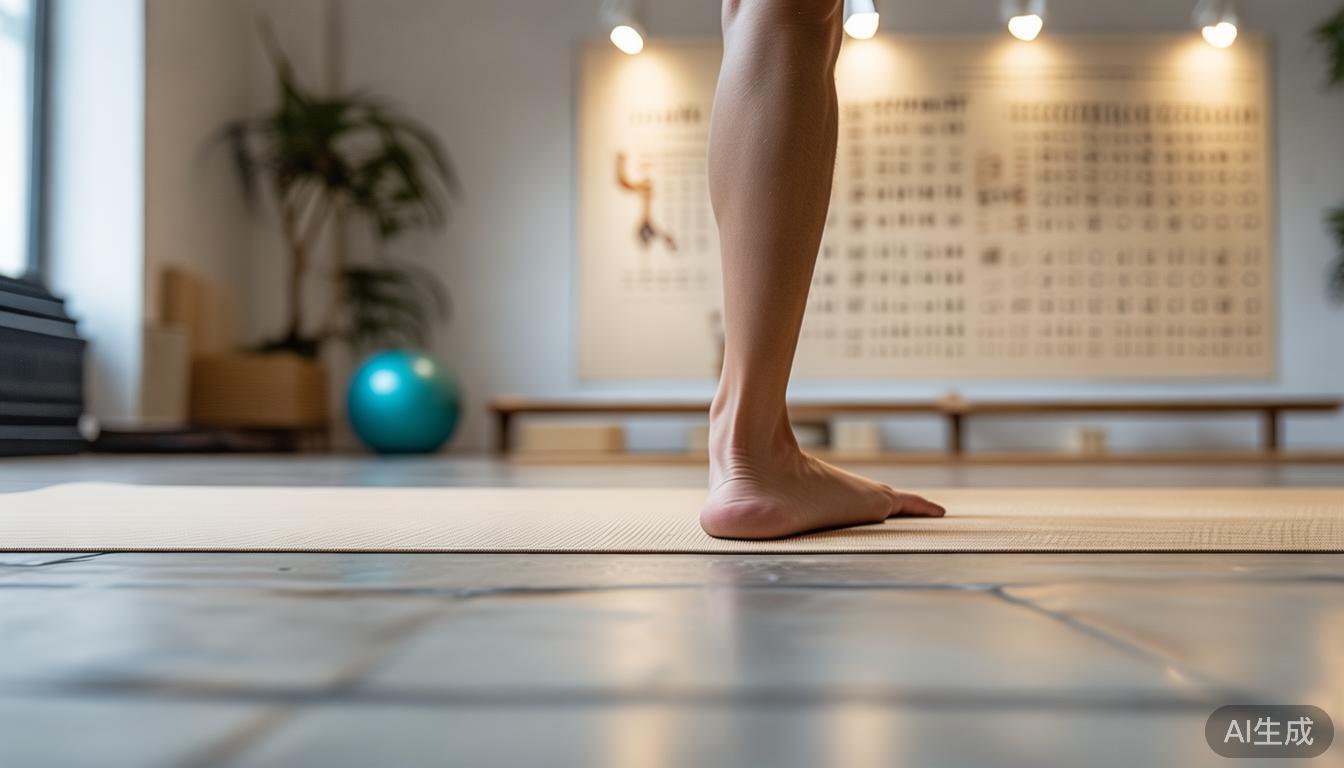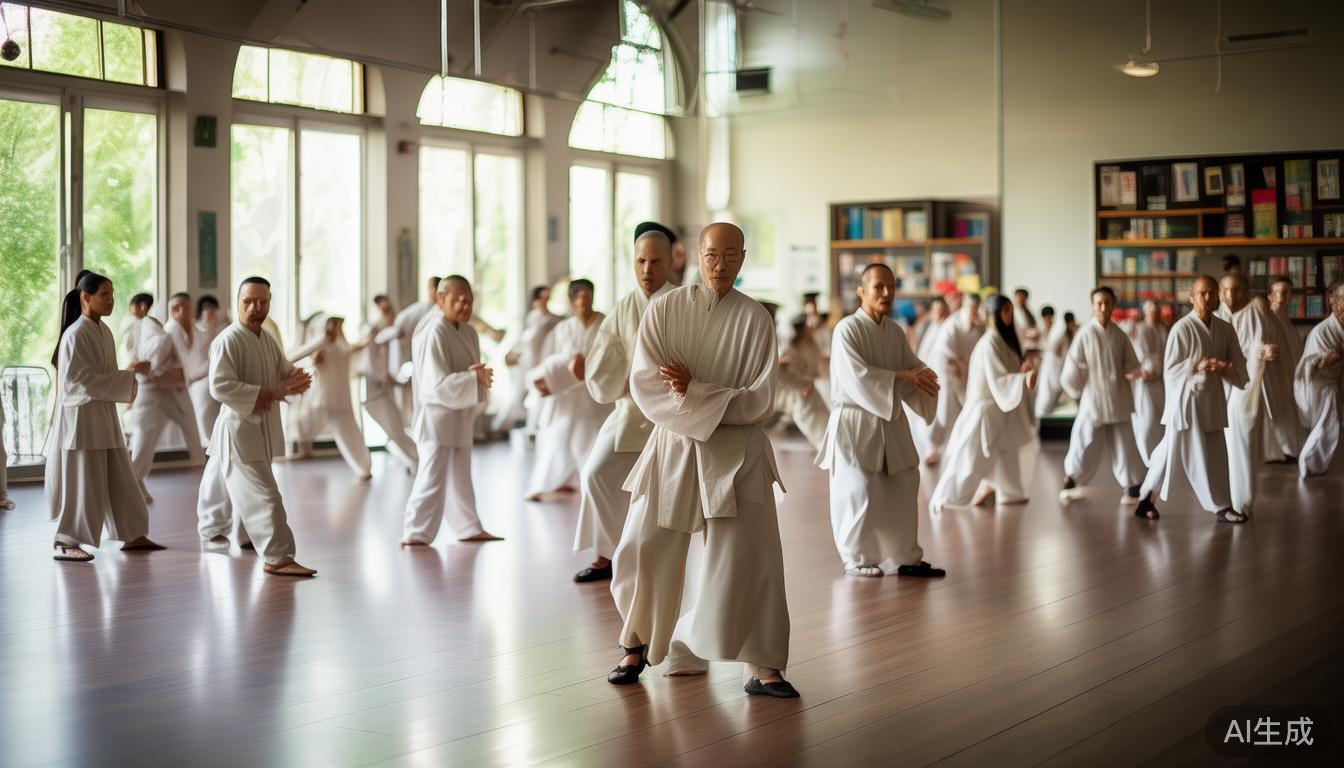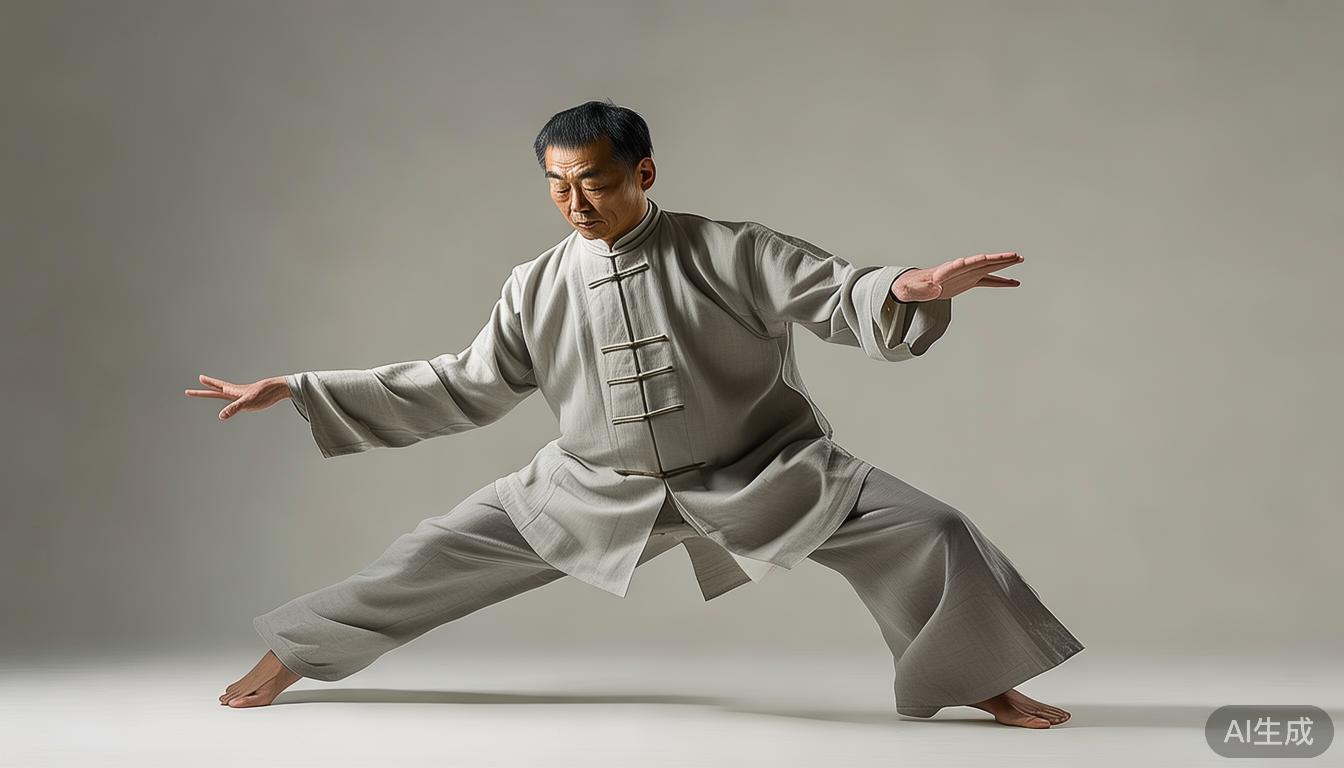The Thirteen Tai Chi styles are representative of the traditional routines, including the alternation of yin and yang and the adjustment of virtual and real, and have a profound cultural heritage and training function. When practicing, you can feel the mystery of the combination of hardness and softness and balance of movement and stillness, which is beneficial to the body and mind.
Origin and inheritance
Tai Chi Thirteen Styles have a long history. It originated from the traditional martial arts tai chi 13 form . After several generations of inheritance and evolution, it gradually evolved into a far-reaching boxing school. Many martial arts masters have studied and optimized the Thirteenth Style, making their content more profound. During the circulating period, many practitioners integrated their personal insights and experiences into Tai Chi And Arthritis , allowing this skill to continue to show vitality.
There are many practice groups formed by fans among the people. The members often interact and think about each other, which allows the Thirteen Tai Chi styles to spread further. Some experienced seniors will carefully guide beginners and inform the other party of their own tricks without reservation. This inheritance path is like passing a torch, continuing from generation to generation.
Basic actions
To learn the thirteen Tai Chi styles, you must first understand the basic practices. The standing posture should be upright, the center of gravity should be stable, and it should not shake up and down. Each move should be slow and smooth without sudden interruption. For example, when practicing cloud hands, your arms should swing naturally like clouds fluttering, and your steps should be light and agile, and move with the movement of your arms.
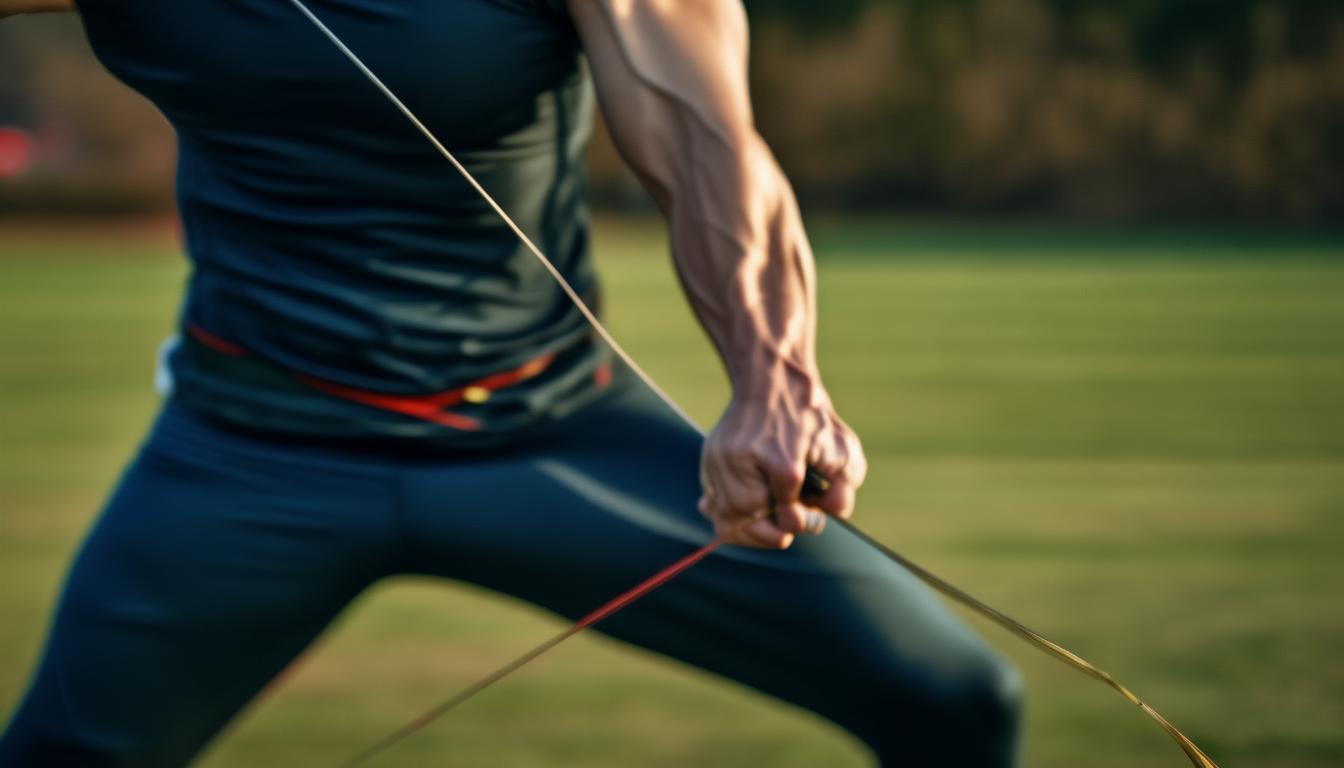
When exerting force, you should pay attention to the transmission of internal forces rather than superficial strength. For example, when shooting an archery, the key lies in the condensation and release of energy inside the body. At the same time, breathing should be coordinated with the movements, improve the breath when inhaling, and relieve the body and mind when exhaling. In this way, the practice process will be more natural and smoother.
Fitness effects
Persisting in practicing the thirteen Tai Chi styles is of great benefit to the body. This method can improve the body's flexibility and balance ability , Tai Chi Online , and make joint movement smoother. With slow movements and breathing control, the function of the heart and lungs can also be strengthened and blood flow can be improved. For those who often sit and work for a long time, practicing Tai Chi thirteen styles can relieve the fatigue caused by long-term sitting and help the body and mind relax.
On a psychological level, it also has a significant balance effect. During exercise, you must focus on and dispel troubled thoughts, thereby enhancing the individual's ability to concentrate and mental outlook. It seems that a thorough sorting of thoughts has allowed people to find a peaceful corner in the noisy daily life.
Things to note when practicing
There are several key points to pay attention to when practicing Tai Chi thirteen stances. First, you must find the right venue and practice in a place with fresh and quiet air so that you can concentrate more. In addition, the clothes should be worn comfortably and loosely, and should not affect physical activity.
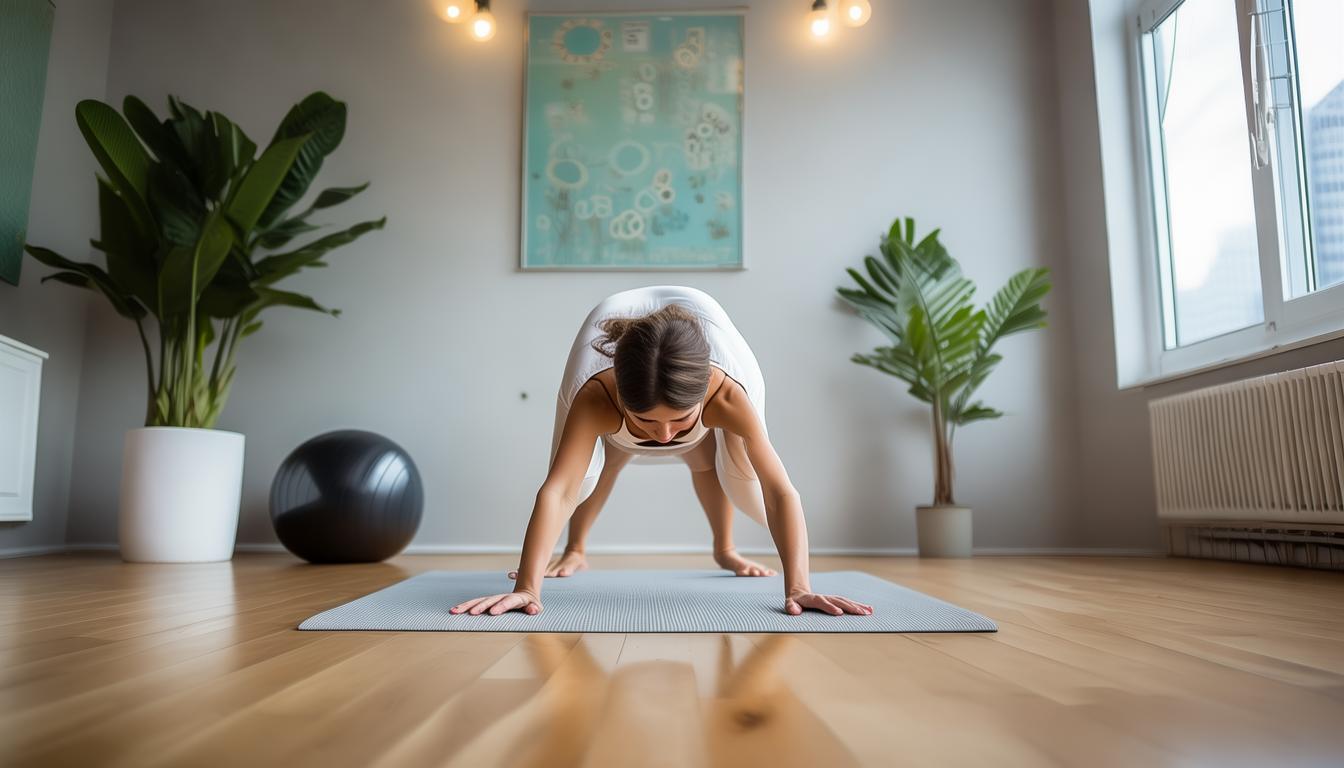
In the beginner stage, don’t be too eager to achieve success, and you should gradually go deeper. You must carefully understand and understand every move, and do not only care about speed and how much. If your body feels uncomfortable, you must stop immediately to avoid excessive consumption and injury.
Interpretation of cultural significance
The Thirteen Tai Chi Styles are not only martial arts skills, but also carry rich cultural values. It demonstrates the concept of coordination and overall integration of yin and yang in traditional Chinese concepts. The combination of hardness and softness during routine exercises allows people to experience the alternating changes of yin and yang. This cultural heritage also acts on the practitioner's daily behavior, guiding people to learn to maintain a calm and inclusive state of mind when interacting with others.
It is also a window to showcase Chinese traditional culture. Many foreign friends have been exposed to the ancient Chinese philosophical concepts and martial arts traditions by studying the Thirteen Styles of Tai Chi, thus making the world more familiar with China.
Have you ever encountered any interesting situations when practicing Tai Chi’s thirteen postures? You can tell it in the comment area, remember to like it and pass this article to others.



